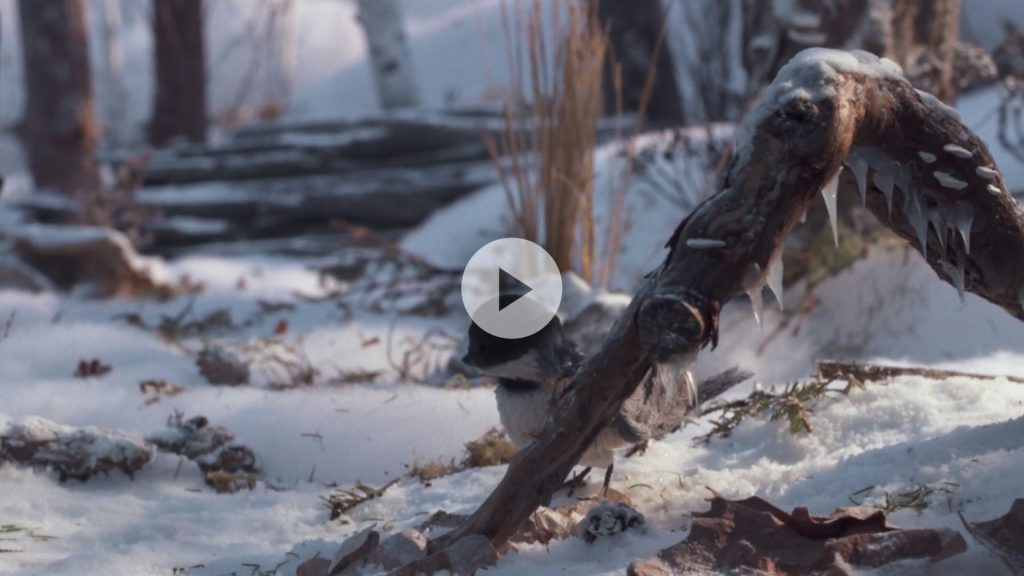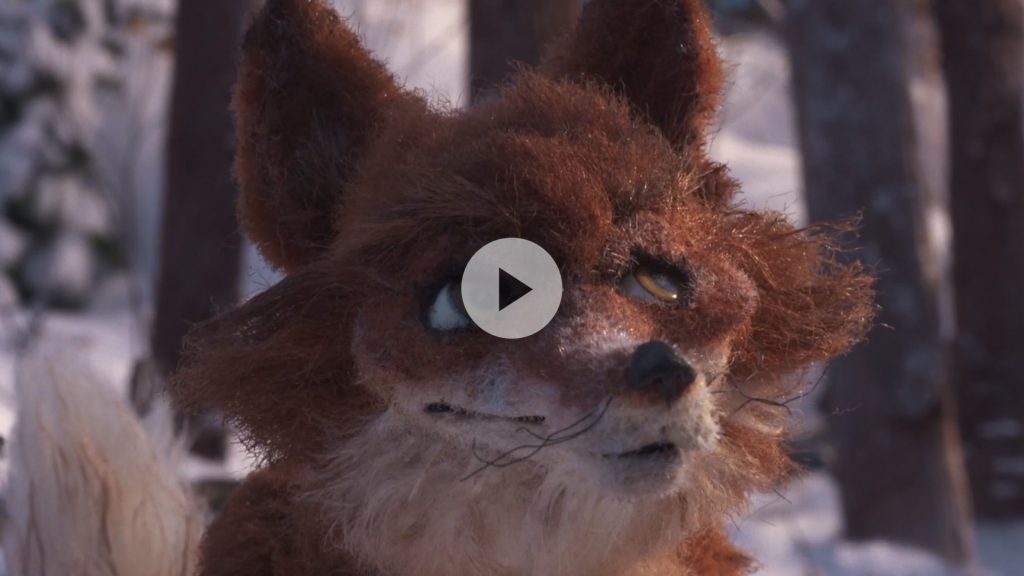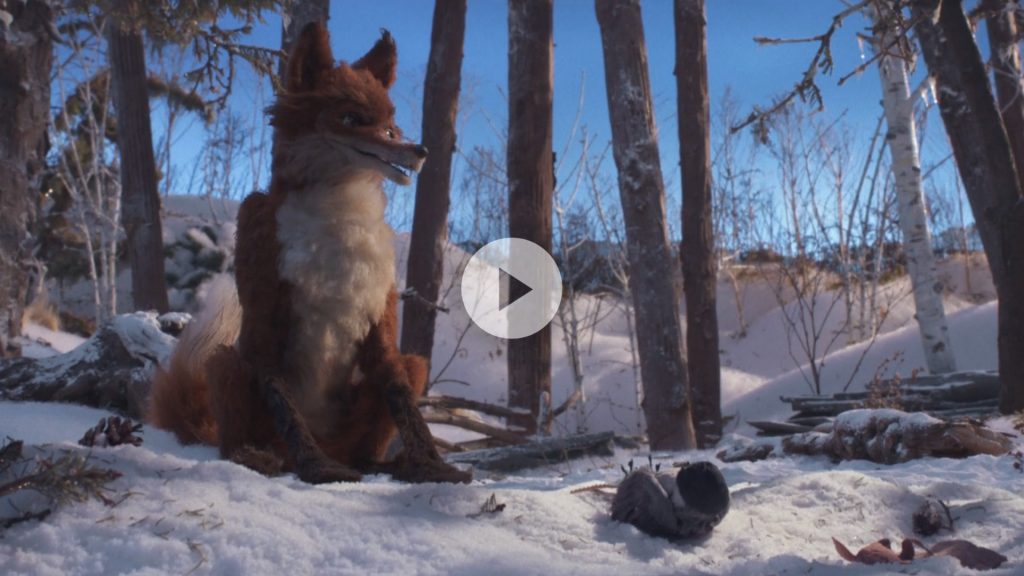
Mini-Lesson for The Fox and the Chickadee
Mini-Lesson for The Fox and the Chickadee
Mini-Lesson for The Fox and the Chickadee: It’s Their Nature
Theme: Self-preservation and survival
Ages: 9–11
The Fox and the Chickadee, Evan DeRushie, provided by the National Film Board of Canada
Keywords/Topics: Negotiating, Cunning, Greed, Self-preservation, Predators, Food Chain, Survival Instincts, Fable, Stop-Motion Animation
Guiding Question: Fables are more than 2,000 years old. How are the stories and messages in fables still relevant today?
Summary: In this story, a hungry fox happens upon a trapped chickadee, who begins negotiating for her life. Playing upon the greedy fox’s penchant for hens, the little chickadee concocts a story about how she can help him fulfill his desire, all the while plotting her escape. Can a “birdbrain” outsmart a crafty fox? A surprise twist at the end of the film leaves the viewer wondering what will happen next. This classic fable depicts the age-old story of predator versus prey, and shows how a little cunning and quick-thinking can sometimes turn the tables. In this lesson, students will use strategies and techniques such as think-pair-share, brainstorming, charts, research, and a multimedia approach to arts education to discover, explore and better understand the ever-changing relationships between characters.
Activity 1) Open question: What is meant by the art of negotiation?
- Words are powerful. Create a list of phrases that the chickadee uses to manipulate the fox as she negotiates her freedom. Create or add descriptive words (adjectives) to your classroom word wall.
- Think of a predicament or difficult situation you’ve been in where you had to negotiate a resolution. Using the think-pair-share strategy, discuss how that dilemma got resolved.
- Chickadee has to convince the fox not to eat her. Choose a topic, then write a persuasive text defending your position. Suggested topics: Persuade your parents to let you stay up past your bedtime; Persuade your friend to let you borrow something that they love; Persuade your teacher to extend recess.
- Do you think persuasion is more of an art (based on charisma, voice, tone) or a science (based on facts)? Defend your point of view.
Go Deeper
Foxes can be described as cunning, tricksters and deceptive. Using your birth year, research your Chinese zodiac sign. Create your own zodiac sign, symbol and fortune. Present your findings to the class.
Activity 2) Thinking and research activity: The power of fables.
- Research the elements of a fable. Discuss the message/big idea in this film.
- Read Aesop’s Fable “The North Wind and the Sun.” Using a graphic organizer, list the similarities and differences between those characters and the fox and the chickadee.
- Write a short sequel to the fable. Is the fox freed or captured? Does the chickadee have a change of heart?
Go Deeper
Download the NFB’s McLaren’s Workshop app and/or its StopMo Studio app in order to learn how to create a stop-motion film. Create a fable using a digital format.
Activity 3) Thinking and researching: Do actions speak louder than words?
- Introduce the word “irony” and discuss its meaning. “You’re a fox and I’m a bird… it’s nothing personal.” Discuss the irony of the chickadee’s last words. Share some of your own examples of irony (e.g., in songs, videos or real-life situations).
- Discuss how the chickadee outsmarts the fox. Provide concrete examples from the segment and/or throughout the film.
- Research a variety of idioms, and explain the messages they convey and how they could apply to this film (e.g., “Words can come back to bite/haunt you”).
Go Deeper
Music is an integral part of any film. Music creates an ambiance that can affect our mood, emotions and reactions. Using markers, crayons, paints, pastels, etc., respond to a musical score by creating an art piece that reflects how the music makes you feel.
Sandra Fisher has been an elementary ELA/Math teacher since 1997. She is currently teaching Grade 3 at a bilingual International Baccalaureate school and confesses to owning enough picture books and teaching materials to open up a small shop. Her personal motto is: Eat, Teach, Sleep, Repeat! Outside of school, Sandra loves spending time hiking, swimming, playing volleyball, camping and travelling with her family.
Pour lire cet article en français, cliquez ici.
Discover more Mini-Lessons | Watch educational films on NFB Education | Watch educational playlists on NFB Education | Follow NFB Education on Facebook | Follow NFB Education on Pinterest | Subscribe to the NFB Education Newsletter






